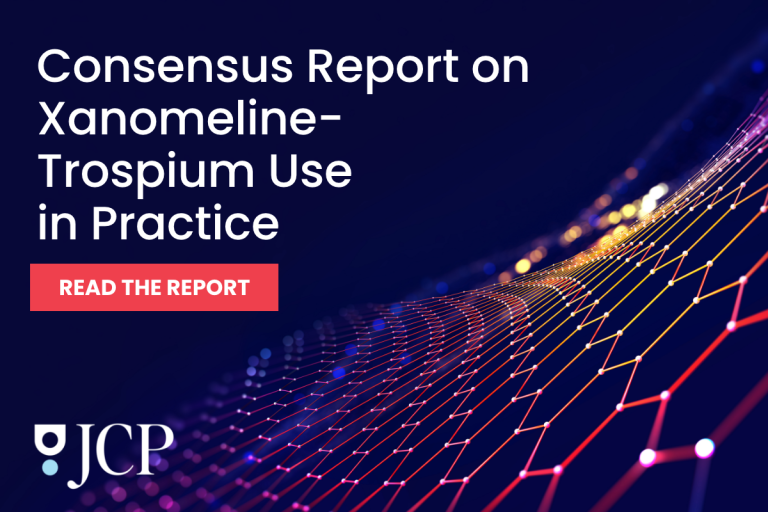Two new studies threaten to upend what we know (and by extension how we diagnose and treat) attention-deficit/hyperactivity disorder (ADHD). Together, the research hints at an intricate interplay of inherited traits, maternal influence, and shifting treatment trends.
All told, this research pencils in some dramatic edits to a decades-old story in a way that’s as compelling as it is subtle. Collectively (yet independently) this pair of Swedish research teams argue that the first tendrils of ADHD take root much earlier and reach much farther – than wer thought. And the tools we rely on to manage ADHD appear to be evolving more quickly than the research.
Nature, Nurture, and Mom
The first study, published in the American Journal of Psychiatry, reveals that the maternal genome shapes ADHD risk in ways that exceed our expectation of traditional inheritance.
Researchers examined a cohort of nearly 1 million Swedish children born between 1992 and 2002. Direct genetic inheritance accounted for two-thirds of the risk for developing ADHD, while researchers attributed another 14% to what they call the maternal genetic nurture effect. This refers to an indirect genetic influence where a mom’s genes influence her behaviors, stress levels, or health habits, which – in turn – shapes her child’s development.
In other words, a mother doesn’t just pass her traits down. Her genetic makeup can alter the environment that, in turn, shapes the child.
The study, led by Behrang Mahjani, PhD, at the Icahn School of Medicine at Mount Sinai, relied on a family-based design to isolate (and examine) direct and indirect maternal influences. Mahjani and his team compared ADHD risks among full siblings, maternal and paternal half-siblings, and various types of cousins.
Maternal half-siblings and maternal cousins showed consistently higher ADHD recurrence risks compared to their paternal counterparts. This, he suggested, implicates one’s maternal lineage, (beyond shared DNA) as a contributor to the likelihood of someone developing the disorder.
This maternal genetic nurture effect likely manifests in behaviors and exposures during pregnancy and early childhood. These could include maternal stress responses, inflammatory markers, or even lifestyle patterns such as sleep, nutrition, or substance use. And while one can mitigate these influences, they’re also the product of the mother’s genotype. This reinforces the need to consider both nature and nurture when assessing developmental risk.
ADHD Meds Still Work, But…
A second large-scale study in JAMA Psychiatry looked at ADHD from a different point of view. Another (separate) team of Swedish researchers wanted to explore how well ADHD meds perform today – compared to years past.
The researchers tracked nearly a quarter of a million Swedish citizens who received ADHD medication between 2006 and 2020. That window covers a dramatic uptick in prescriptions. What they uncovered is a classic case of good news, bad news.
The good news? ADHD medications still manage to curb the risks of serious real-world outcomes, including self-harm, unintentional injuries, and traffic accidents. For example, ADHD patients taking their meds boasted a lower risk of self-harm that hovered between 13% and 29%. They also enjoyed a much lower risk of traffic accidents compared to when they weren’t taking their meds.
But the bad news? The law of diminishing returns is catching up with them. As prescription rates climb – especially among adults and women – the medication’s protective power wavers. The authors figure that this could be the result of broader diagnostic criteria and the rise in the treatment of those with milder symptoms.
Until relatively recently, prescriptions have been mostly reserved for those with more severe symptoms – those most likely to benefit from pharmacologic treatment. As more and more patients received prescriptions, the researchers suggest that average symptom severity might have declined, diluting the observable benefits.
Notably, this trend persisted even after adjusting for changes in age and sex distribution, and across different medication types.
A Tale of Two Trajectories
Together, these studies offer some compelling new intel.
- On one hand, ADHD’s developmental roots appear to run deeper than we thought, driven by the genes we inherit and the genes our mothers express through their behaviors.
- On the other, as we expand the diagnosis criteria – and, by extension, the number of people receiving treatment keeps growing – the benefits might be tapering off.
This dichotomy raises questions for both clinicians and policymakers.
- How do we identify and intervene early with those at highest risk, and maybe before symptoms emerge?
- And how do we ensure that pharmacological treatments are reaching those most likely to benefit, without overextending their use to populations with subclinical symptoms?
Clinical and Research Implications
The maternal genetic nurture study reinforces the argument that clinicians should place greater weight on a mother’s health and genetic background during prenatal care. It also suggests that interventions aimed at modifiable maternal behaviors during pregnancy and early infancy would help.
Meanwhile, the medication study urges more precision in prescribing. As the pool of medicated individuals grows broader, we might need to re-evaluate the relevant guidelines that reflect the shifting landscape of ADHD diagnosis and treatment.
Taken together, these two studies illustrate the power of population-level data to expose elusive but noteworthy patterns, and the value of treating ADHD as a developmental disorder with genetic, environmental, and behavioral dimensions.
As the clinical and public perception of ADHD keeps evolving, we must reevaluate what we use on to diagnose and treat it. If nothing else, this revelation about the mother-child connection shows that maternal health isn’t simply a women’s health issue. It must be a public health priority.
Further Reading
Why ADHD Meds Work for Some and Not Others



